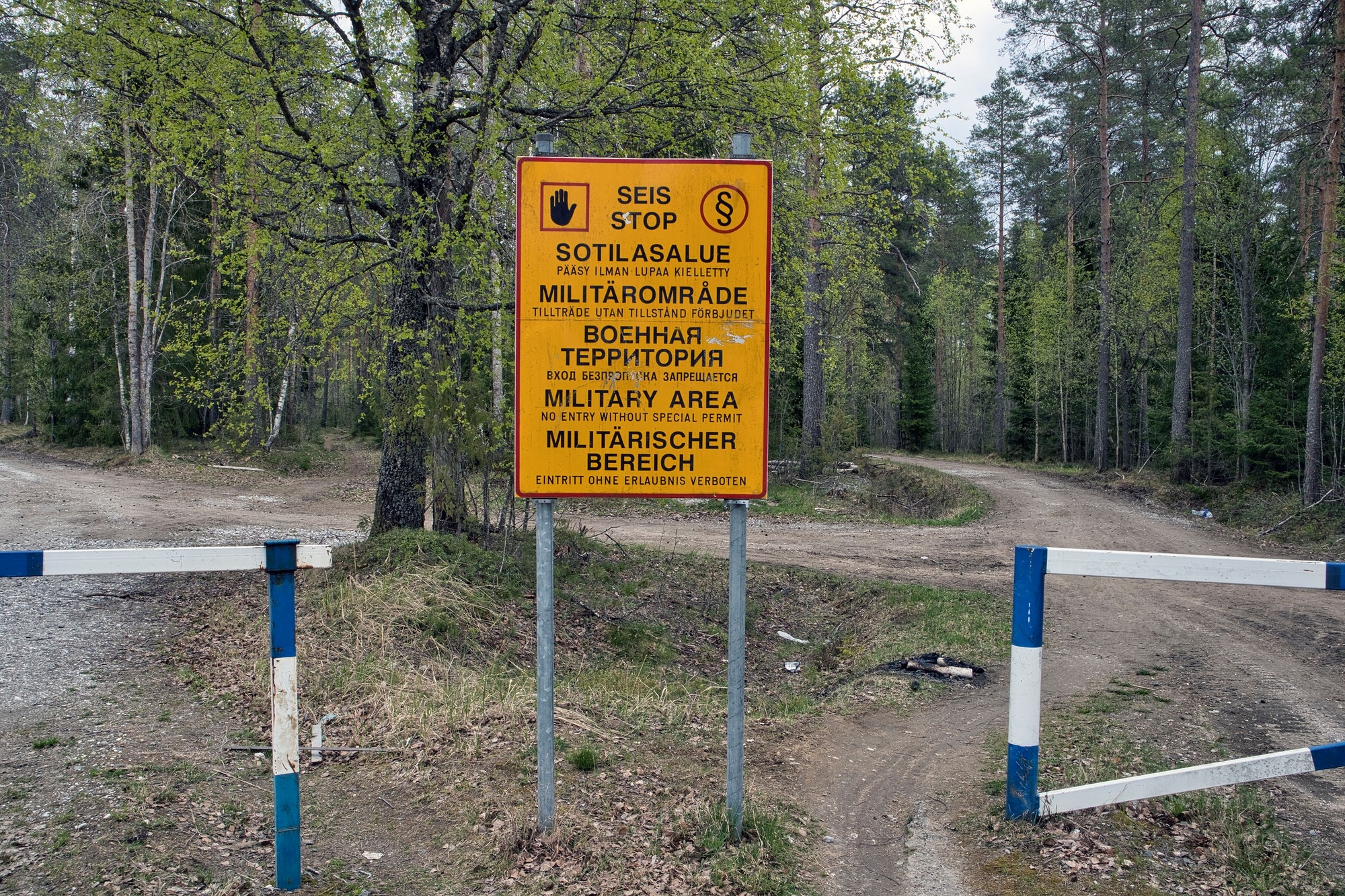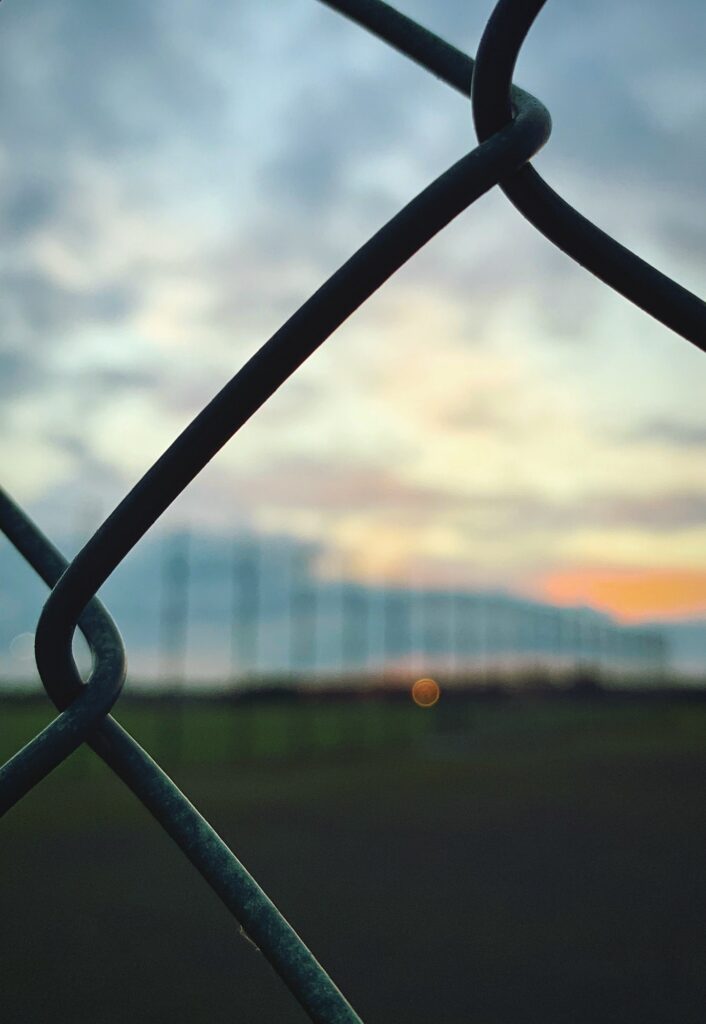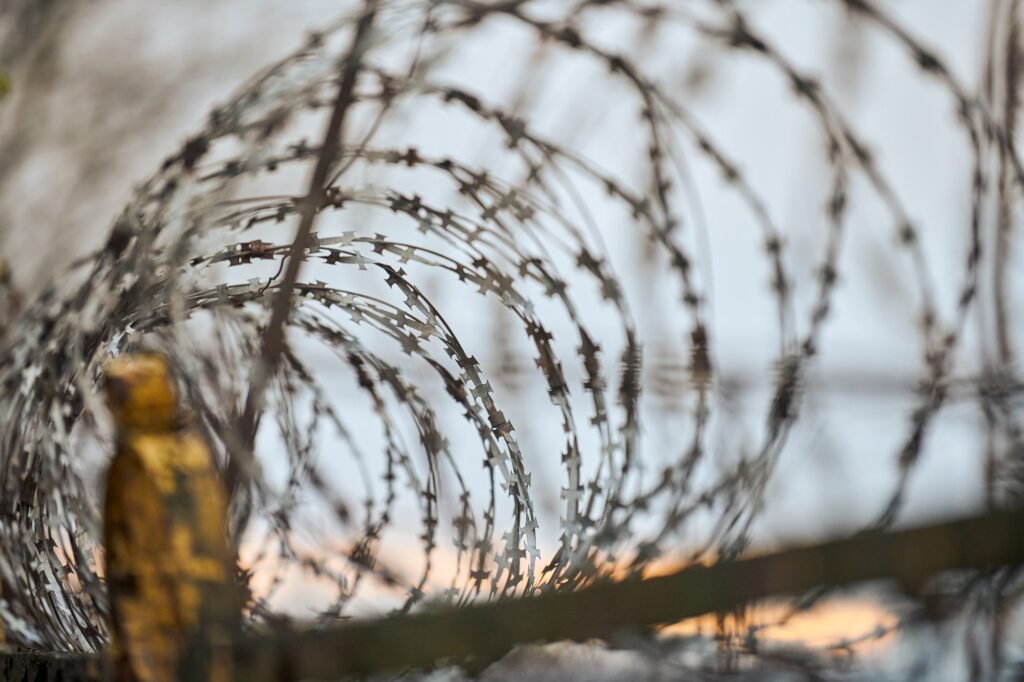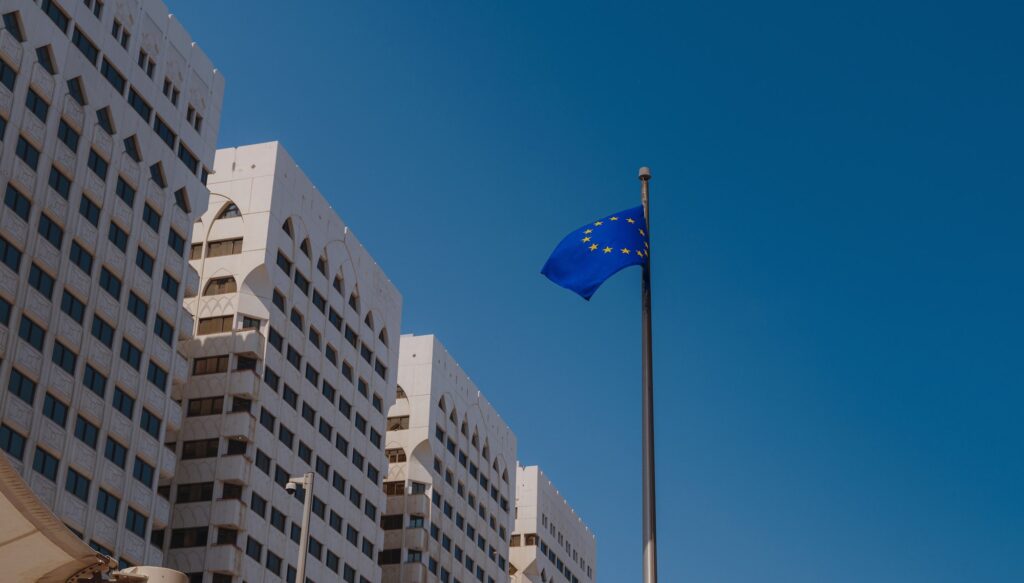Address
33-17, Q Sentral.
2A, Jalan Stesen Sentral 2, Kuala Lumpur Sentral,
50470 Federal Territory of Kuala Lumpur
Contact
+603-2701-3606
info@linkdood.com
Address
33-17, Q Sentral.
2A, Jalan Stesen Sentral 2, Kuala Lumpur Sentral,
50470 Federal Territory of Kuala Lumpur
Contact
+603-2701-3606
info@linkdood.com

Let’s dive into Finland’s decision to close most of its border crossings with Russia, how it’s handling asylum seekers, and the tricky diplomatic situation with Russia. We’ll also look at how this affects the relationship between the EU and Russia.

Finland decided to shut down almost all its border crossings with Russia, except for the farthest one in the north. This happened because a lot of people were coming from Russia to the EU without the right papers, seeking asylum. Finland’s move is about trying to control this sudden increase in people coming in.
The asylum seekers in Finland are from many different countries like Yemen, Afghanistan, Kenya, Morocco, Pakistan, Somalia, and Syria. This shows that people are moving around the world for a bunch of reasons, often because of tough situations in their home countries.
Finland needed help with this situation, so they asked the European Union. The EU agreed to send 60 extra Frontex officers to help guard Finland’s long border with Russia.
Frontex is the EU’s border control agency. Their job is to help EU countries manage their borders, especially when there are challenges like a sudden increase in asylum seekers.

Estonia, another country near Russia, is also worried. They think Russia might be sending migrants to their border on purpose, which is a big concern. Estonia is even ready to close its borders if needed.
Countries like Estonia, Latvia, and Lithuania are all on the same page about this. They’re working together to handle the pressure of people coming in from Russia.
Even though Finland closed most crossings, there are still issues at Vartius and Salla, two northern points. There’s a problem because Russia seems to let people cross here, even though they’re not supposed to.
Finland left just one crossing open, Raja-Jooseppi, way up in the Arctic. This is a strategic move to limit entry points but it’s also a tough spot for both the asylum seekers and Finnish officials because it’s so remote.
Finland is thinking about changing its laws so it can completely close its borders if it needs to. This shows they’re trying to be ready for anything, balancing safety with their international duties.
Russia isn’t happy about Finland closing its borders and has officially complained. This tension is part of a bigger story about the tricky relationship between Russia and countries in the EU.
So, that’s a breakdown of what’s going on with Finland, its border control, and the ripple effects in the region and beyond!

A: Finland closed its borders to manage the sudden increase in asylum seekers coming from Russia without proper documentation. This move is part of an effort to control and regulate the influx of people seeking asylum in the European Union.
A: The asylum seekers come from various countries, including Yemen, Afghanistan, Kenya, Morocco, Pakistan, Somalia, and Syria. They are fleeing different situations in their home countries, seeking safety and better opportunities in the EU.
A: Frontex is the European Union’s border and coast guard agency. It helps EU countries manage their borders, especially in challenging situations like the current influx of asylum seekers. Finland requested additional Frontex officers to strengthen its border control.
A: Estonia and other Baltic States, like Latvia and Lithuania, are concerned about similar issues. Estonia has accused Russia of sending migrants to its border as part of a hybrid attack and is prepared to close its borders if necessary. The Baltic States are working together to address these migration pressures.
A: Finland chose to keep the Raja-Jooseppi crossing open as a strategic decision. It’s located in a remote area in the Arctic, which makes it a less accessible point for large numbers of asylum seekers, while still fulfilling humanitarian obligations.
A: The Finnish government is exploring legislative amendments that would allow for a complete closure of the border if the situation demands it. This is part of Finland’s effort to balance national security with its international responsibilities.
A: Finland’s decision to close its borders has led to diplomatic tensions with Russia, which formally protested the move. This situation adds to the existing complexities in the relationship between the European Union and Russia.
A: The border closures are a response to the current situation and are not necessarily permanent. The duration and extent of the closures will depend on how the situation evolves and Finland’s assessment of its border security needs.
Sources Reuters